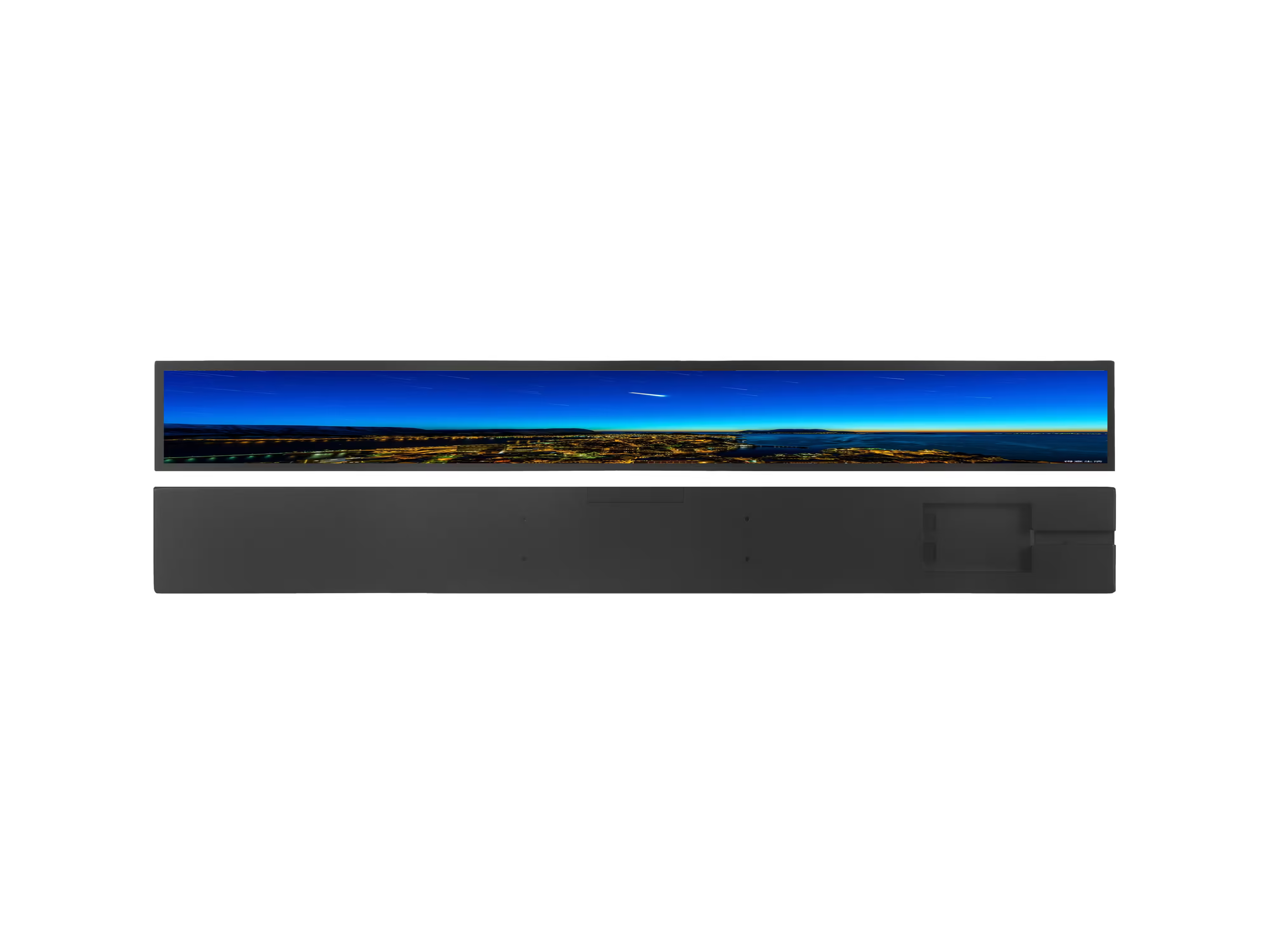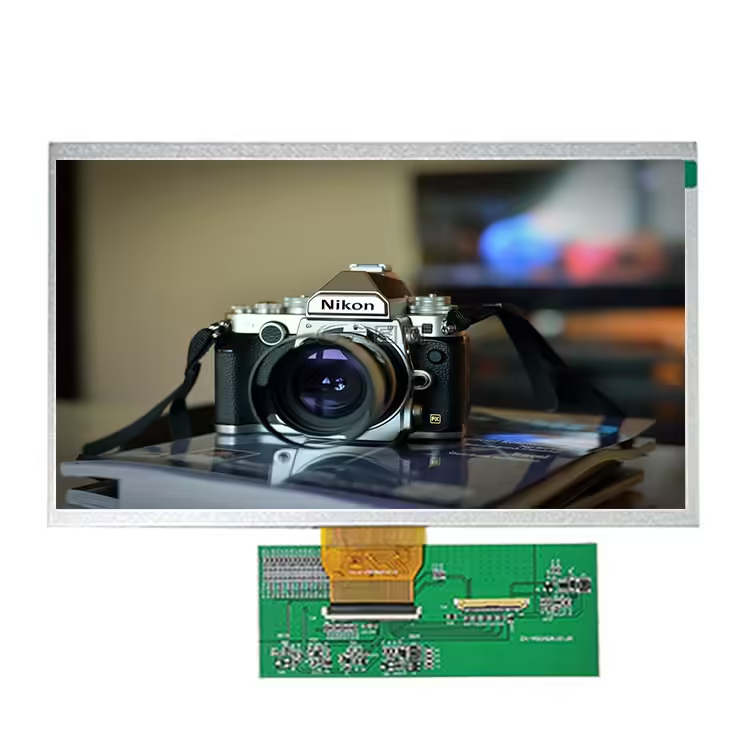lcd module arduino: A Comprehensive Guide to Harnessing the Power of Display Technology
In the realm of microcontroller-based projects, interfacing an LCD (Liquid Crystal Display) module with an Arduino board is a fundamental skill that allows developers to create engaging and informative interfaces for their creations. LCD modules have evolved significantly over the years, and the Chancedisplay brand stands out as a reliable and user-friendly option for those diving into this exciting field. In this article, we will explore the basics of LCD modules, how to connect them to an Arduino, and showcase the capabilities of the Chancedisplay product line.
LCD Technology: The Building Blocks
LCDs are electronic displays that use a matrix of liquid crystals to control light transmission, creating a visual representation of text or images. They come in various types, such as common cathode, common anode, and character LCDs. Arduino-compatible LCD modules typically utilize the Hitachi HD44780 controller, which is compatible with a wide range of display types and pin configurations.
Connecting an LCD Module to Arduino
To interface an LCD module with an Arduino, you’ll need to follow these essential steps:
1. **Select the Right Module**: For beginners, a 16×2 character LCD is a popular choice due to its compact size and relatively straightforward pinout. CHANCEDISPLAY offers a variety of 16×2 LCD modules, like the CD-1602, that are compatible with the Arduino Uno or compatible boards.
2. **Pinout Identification**: The HD44780 controller has a standard set of pins that need to be connected to the Arduino. These include:
– VCC (Power Supply): Connect to the Arduino’s 5V pin.
– GND (Ground): Connect to the Arduino’s GND pin.
– RS (Register Select): Connect to digital pin 2 on the Arduino.
– RW (Read/Write): Keep it disconnected, as most LCDs don’t require this.
– E (Enable): Connect to digital pin 3 on the Arduino.
– Data Lines (D0 to D7): Connect to digital pins 4 to 11 on the Arduino, depending on the LCD’s pinout.
3. **Interfacing with the Library**: To make communication between the Arduino and LCD module easier, you’ll need to use a library. The popular `LiquidCrystal` library, available in the Arduino IDE, simplifies LCD control. Install it by going to Sketch > Include Library > Manage Libraries > LiquidCrystal.
4. **Writing Code**: Here’s a simple example of how to initialize and print text to an LCD using the Chancedisplay CD-1602 module:

“`cpp
#include
LiquidCrystal lcd(2, 3, 4, 5, 6, 7); // RS, E, D4-D7 pins
void setup() {
lcd.begin(16, 2); // Initialize the LCD with 16 characters and 2 lines
}
void loop() {
lcd.print(“Hello, Arduino!”); // Print a message
delay(1000); // Wait for 1 second

lcd.setCursor(0, 1); // Move cursor to next line
lcd.print(“Welcome to CHANCEDISPLAY!”); // Print another message
delay(1000);
}
“`
Chancedisplay: A Trustworthy Brand
CHANCEDISPLAY, as a brand, stands out for its commitment to providing high-quality and affordable LCD modules. Their products, like the CD-1602, feature clear and vibrant displays, robust construction, and easy-to-follow documentation. The Chancedisplay LCD modules often come with pre-programmed libraries, saving you time and effort during setup.
Moreover, Chancedisplay actively supports the Arduino community by offering extensive tutorials, forums, and technical support. This ensures that users, even those new to the platform, can quickly grasp the intricacies of working with LCDs and harness their full potential.
Advanced Applications
As you gain more experience with LCD modules and Arduino, you can explore advanced applications such as graphical LCDs, custom fonts, and animations. With the Chancedisplay CD-1602, you can create temperature displays, control systems, or even build a simple dashboard for your projects.

In conclusion, integrating an LCD module with your Arduino board opens up a world of possibilities for enhancing the user experience in your projects. Chancedisplay’s offerings, like the CD-1602, provide a solid foundation for beginners and experienced developers alike. By mastering the basics and exploring the capabilities of these displays, you’ll be well-equipped to bring your ideas to life with engaging and informative interfaces. Happy coding!

